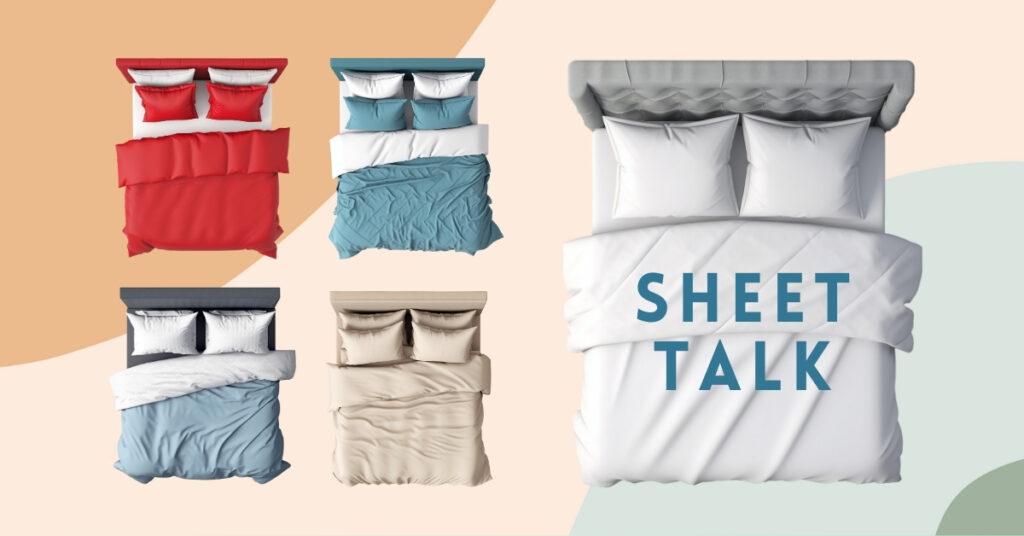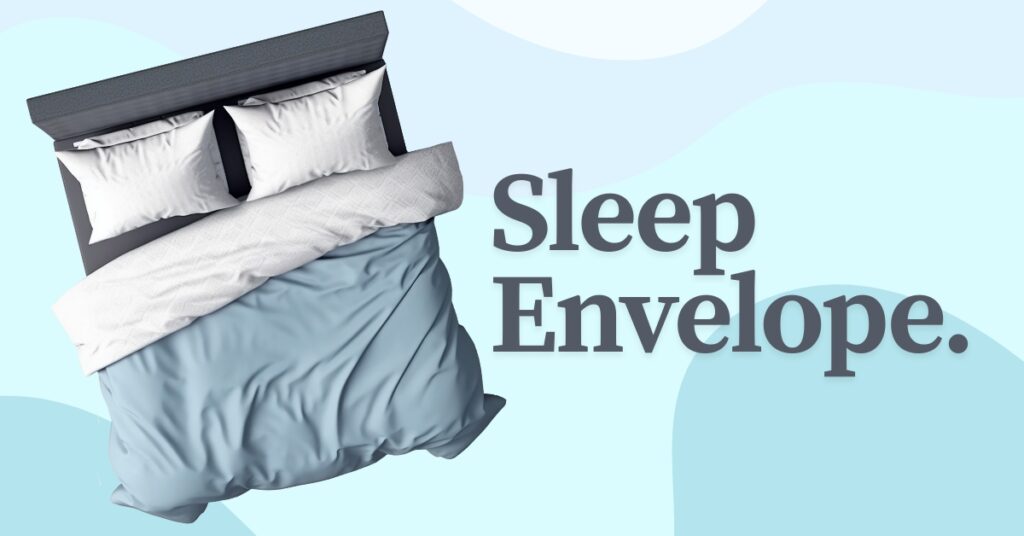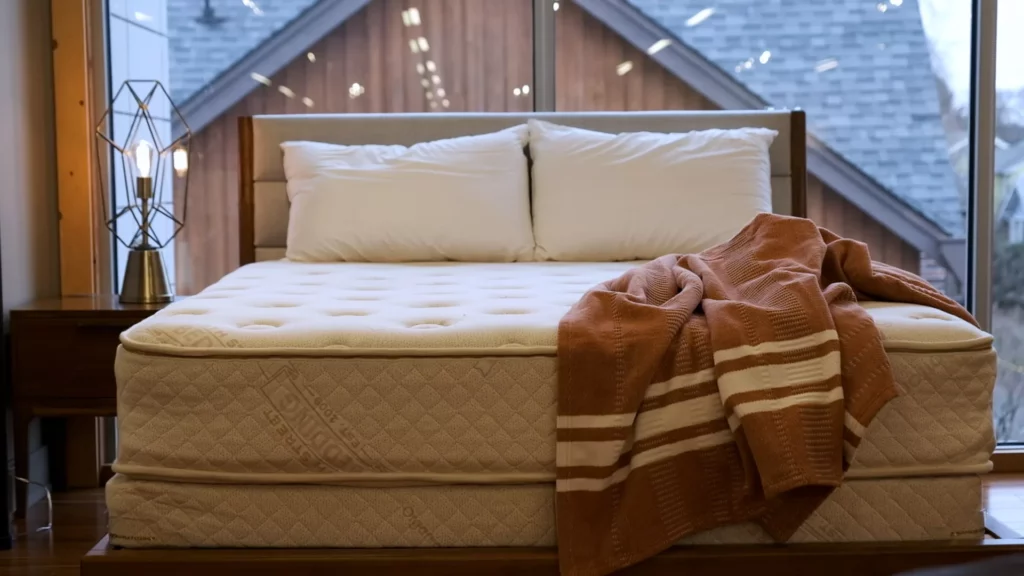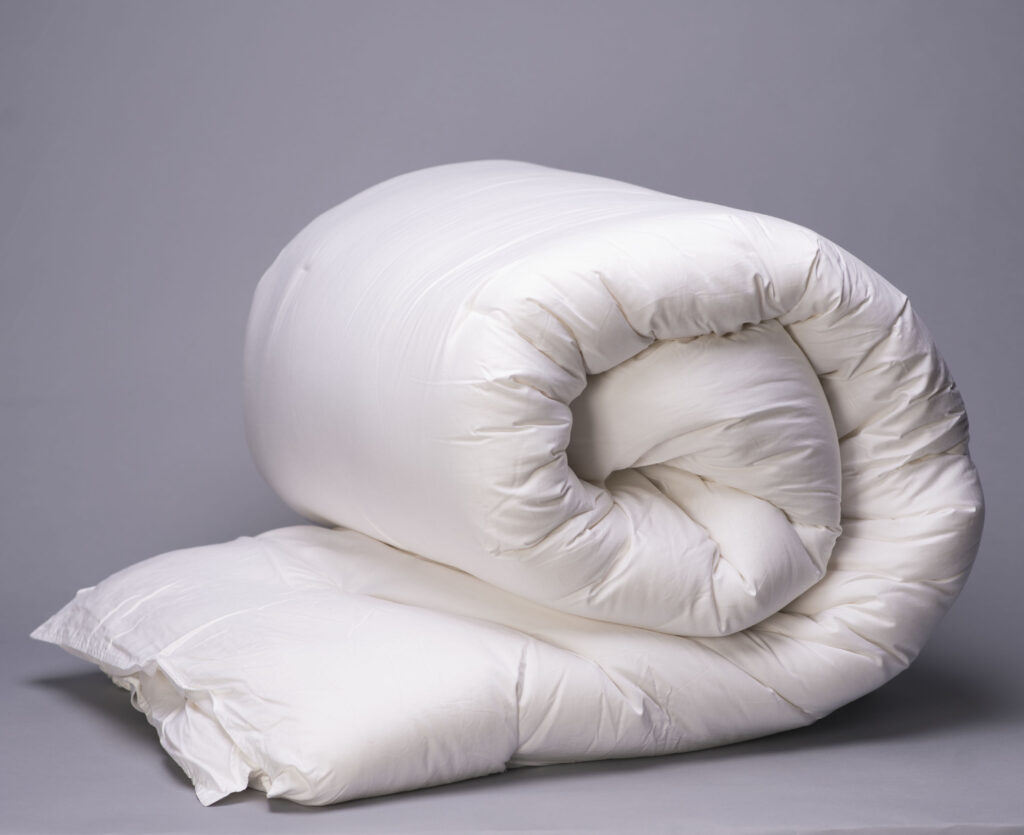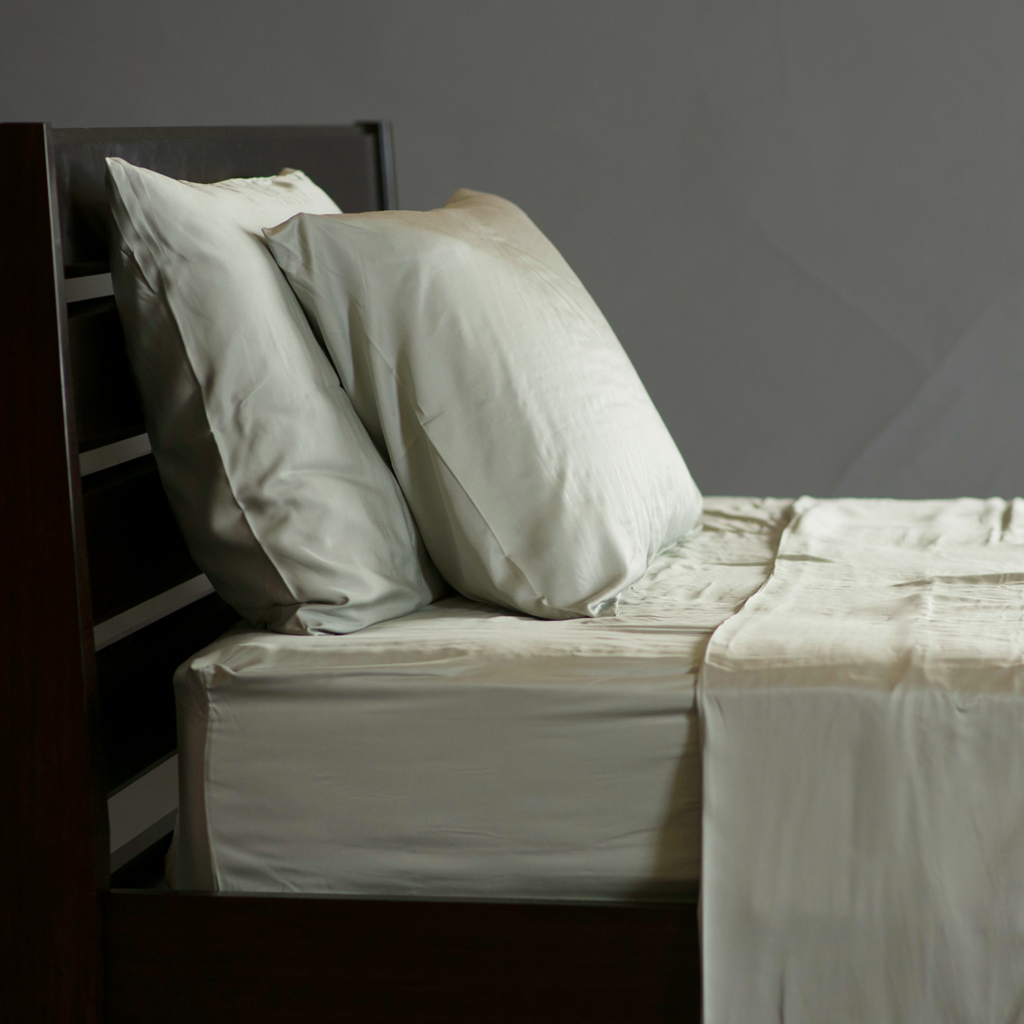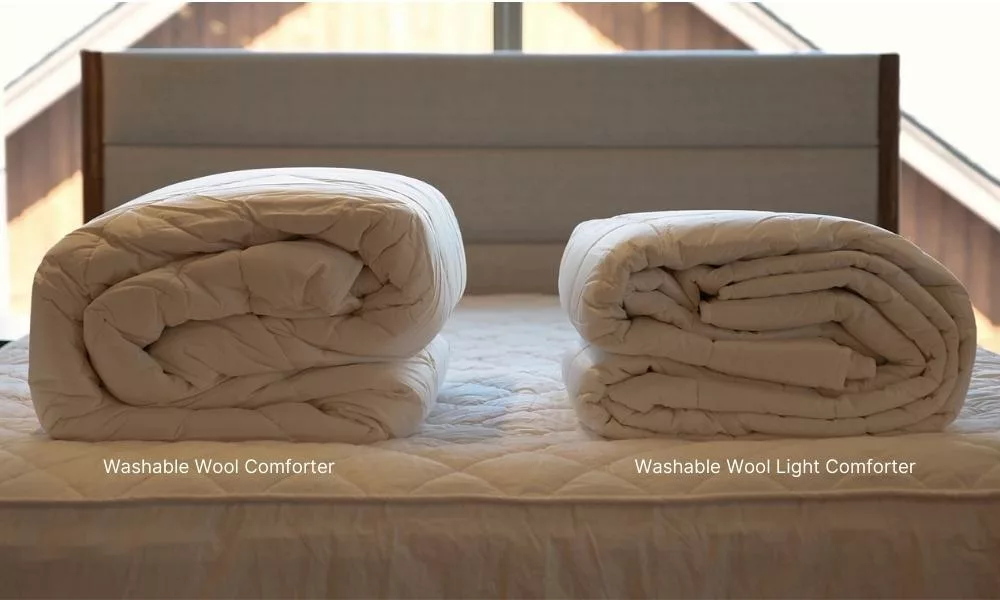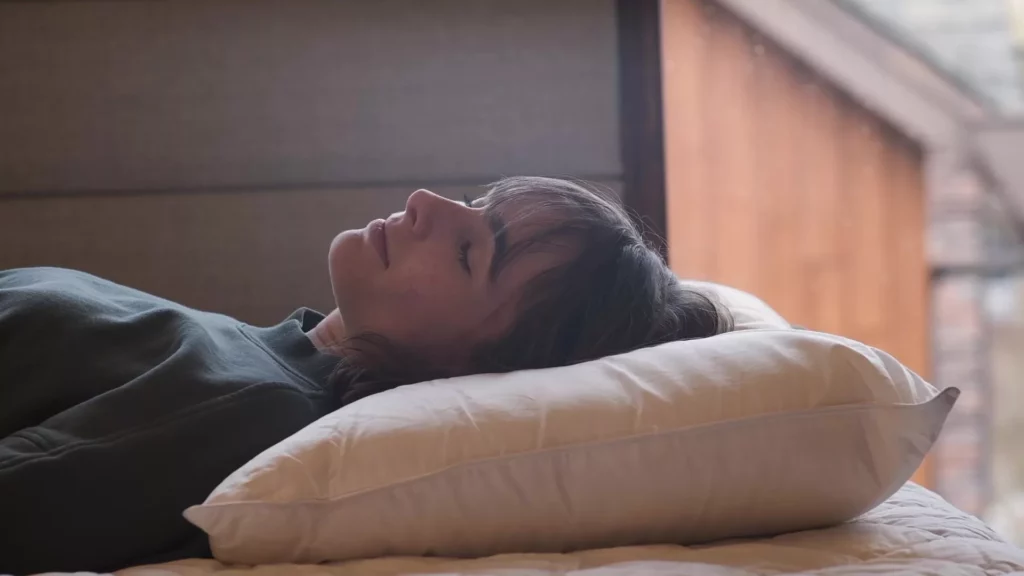Bed sheets.
The bread and butter of the bedding world. Without them, most of us would be left sleeping on a naked mattress, and no one wants that.
Bed sheets serve a number of purposes. They help keep the mattress and bedding clean, provide additional warmth during colder months, and – if made with the correct fabric – help wick away moisture for temperature regulation.
If I’m being honest, a top sheet’s never really been my thing. Encouraged by the idea that using one stops you from needing to wash your comforter and blankets as often, I’ve tried to conform countless times. But every morning I would find them in a scrunched up, defeated ball at my feet.
If you’ve ever been in my position, the type of sheets you’re using may be to blame. It’s important to know what options are out there when it comes to bed sheets, especially if you have allergies or a tendency to sleep hot. This blog covers three main categories you’ll encounter when in the market, as well as any potential benefits/drawbacks.
Fabrics
Cotton – Probably the most commonly used fabric in sheet production, cotton is a classic choice for bed sheets. One of the downsides to this fabric is that it does not contain moisture-wicking properties. As a result, many manufacturers make a cotton/poly fabric blend. The polyester, a synthetic fabric, contains the moisture-wicking properties that are absent from cotton.
Flannel – Popular for the same reasons as the shirts, flannel bedsheets are soft, durable, and warm. A great option for colder months, this fabric may prove too toasty during the summer season.
Bamboo – Bamboo’s popularity in the bedding industry continues to grow due to its product sustainability, comfort, and moisture-wicking properties. The bamboo is broken down into a pulp, dried, and woven into fibers called “rayon”. Bamboo sheets are considered hypoallergenic, making them a good choice for people with allergies and/or sensitivities. We love our line of Bamboo bedding!
Silk – Silk is a good material for bed sheets because it is light, soft, and moisture-wicking. People enjoy silk’s luxurious, smooth feel. It tends to be a bit on the pricier side, so be aware when shopping. But it can prove a worthwhile investment.
Microfiber – Microfiber is created using synthetic poly. It’s not a natural fiber, but it does possess moisture-wicking abilities. It’s usually a less-expensive choice, and is often blended with other fibers – such as cotton – to add moisture-wicking properties, breathability, and/or to lower costs. If you are on a tight budget, consider a cotton/microfiber blend.
Weaves
Percale Weave – Also called the plain weave, you’re probably familiar with this simple “over-under” pattern. One strand of yarn is woven over a parallel strand, immediately woven under the next, over again, and the pattern continues. This creates a durable fabric that should last quite some time.
Sateen Weave – Also referred to as a satin weave, the sateen weave is a little more complicated than the percale. The yarn is woven together with one strand extended over four parallel strands, then under one strand, then over four strands. The pattern gives the sheets a softer feel
What’s the Deal with Thread Count?
Odds are, you know that thread count plays a significant role in the comfort, quality, and price tag of sheets. Higher thread count (TC) is meant to equal high quality. This is true to an extent, and we’ll get into that. But first, do you know what it means for sheets to have a certain thread count?
Thread Count refers to the actual number of threads present in one square inch of fabric. The higher the thread count, the more threads in that square inch, and vice versa.
Based on this knowledge, it only makes sense that there is a limit to how many threads can fit into such a small area. And that number is approx. 400 TC. So why are there sheets that boast a higher TC? Are they lying?
Technically, no. If a sheet is advertised as 700 TC, most likely the manufacturer split the threads and counted each half as its own individual piece. It’s a misleading practice you need to be aware of when shopping.
However, some customers still prefer sheets with a higher thread count. Choose sheets you feel are comfortable, but be aware of what you’re paying for.
